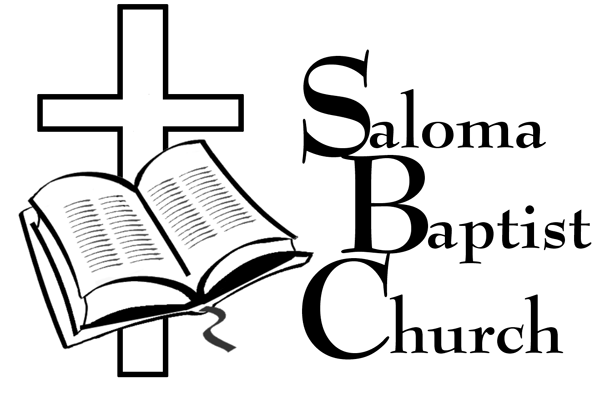For the past two months, we have been contending with the impacts of the COVID-19 pandemic. Not since the so-called Spanish Flu pandemic of 1918-1919 has there been a global health threat of such major consequence and impact. Our 21st century lives have been turned upside down in short order, and we have gone from a late February and early March of relative calm and economic stability to an early May of pandemic, healthy at home/shelter in place, economic earthquake, record levels of unemployment, and great uncertainty in all sectors of our community, state, and nation.
The COVID-19 pandemic has been no respecter of any sector of our lives, including invading the comfort and regularity of our worship and church life. We have gone from the comfort and regularity of every Sunday morning Bible study and worship in our sanctuary, Sunday evening Bible study, and Wednesday evening Bible study and prayer, as well as periodic fellowship and outreach ministries, to a “new normal” of virtual worship via Zoom and communication by Flocknote text messaging and email, weekly video devotionals by Facebook and website, and a deep desire for a return to normalcy. We have had to learn to communicate and be a church in new ways in a very short period of time.
There is a unprecedented uncertainty, at least for my generation and for those who are younger, about the future and what comes next. People are genuinely concerned about how long the pandemic will last, what the long-term health impacts will be, whether there will be a late fall or early winter reoccurrence at pandemic levels, when a vaccine will be available, what type of treatments will be available in the near future to increase the chances of recovery for the more critically ill, if COVID-19 will emerge like the flu and become a seasonal illness with an eventual annual vaccine required, etc.
Similarly, there are the questions that come to mind with regard to the economy. When will businesses be able to open again, and what restrictions will be required for those businesses to reopen? How long will it take for the economy to recover and return to some level of full production? When will those who have lost their jobs be able to go back to work? And on goes the list of unanswered questions regarding the socioeconomic impacts of the COVID-19 pandemic.
Our Christian faith is impacted as well. As already stated, we have not been able to worship face-to-face for several weeks as this blog is written. We are uncertain as to when we will be able to return to our sanctuaries and houses of worship. Like businesses, schools, hospitals, and other institutions, churches will most likely have to undergo mitigation measures even after returning to our buildings – possible restrictions on numbers of people per service/gathering, face masks and social distancing possibly required, commercial/industrial grade cleaning measures utilized, hand sanitizing stations, etc.
There has been some evidence that increased numbers of people have watched/participated in worship services during the pandemic due to the increased number of virtual and online broadcast services. Will there be increased attendance after we return to our houses of worship? Will there be lasting and positive spiritual impacts resulting from the pandemic? Are we on the brink of another Great Awakening? Are we experiencing the beginning of a great revival in this country and around the world? These are unanswered questions that only God can now know – and only we can answer in the long run by our responses and our willingness to allow God to use this pandemic experience to renew His people and to move us to greater heights of witness, ministry, service, and missions.
Will we respond in this time and turn to Him with humble hearts, allow Him to use us in this time and in the days ahead, be moved to minister to “the lost and the least” in His name, work to build bridges across lines of race and ethnicity, and to carry out the Great Commission in the spirit of the Great Commandment?
